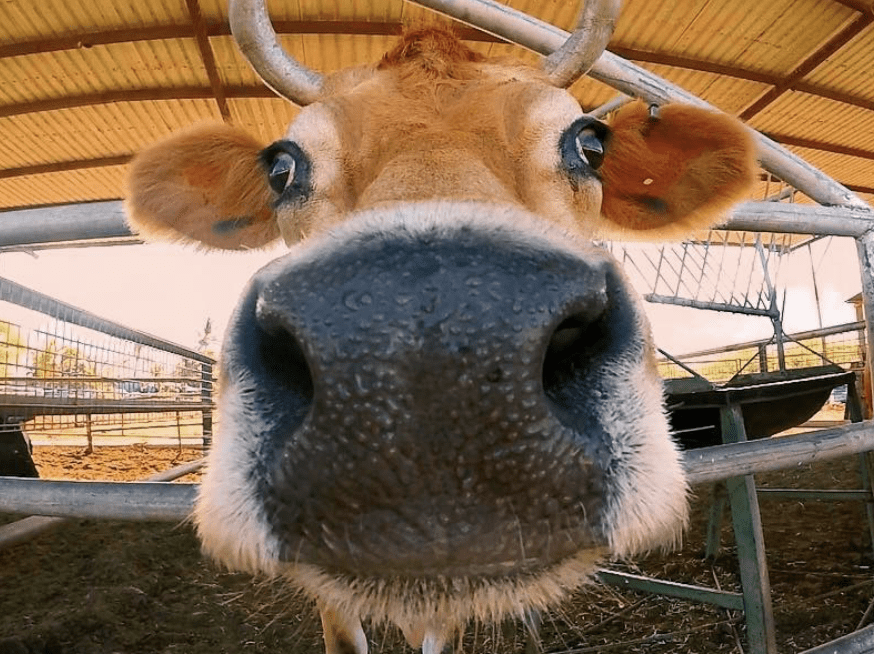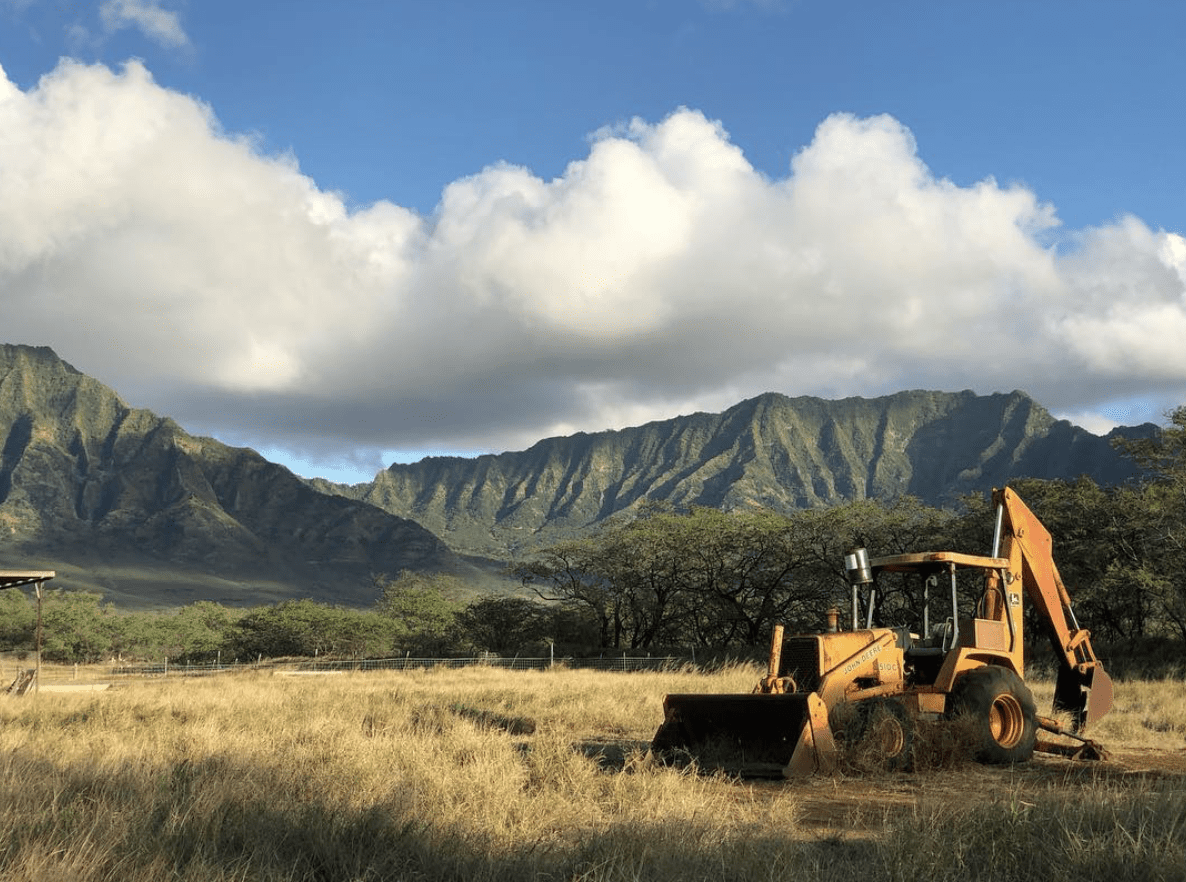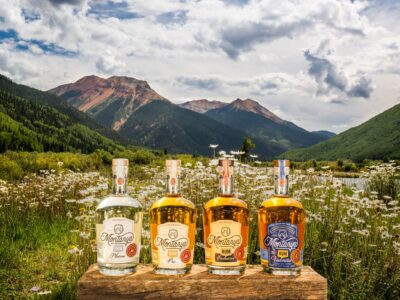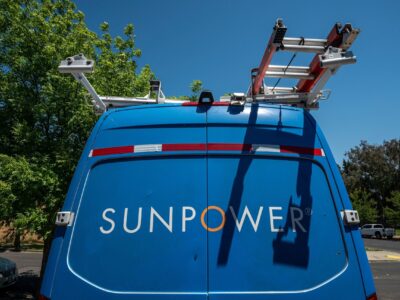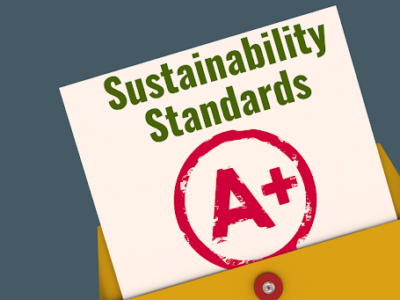Nestled into the rolling hills and dramatic, green-covered cliffs of Oahu, Hawaii sits a luscious green plain topped with calmly grazing cows basking in the Hawaiian sunshine. This is home to the island of Oahu’s last existing dairy farm, Naked Cow Dairy Farm and Creamery.
Oahu is the third-largest Hawaiian island and home to the state’s capital, Honolulu. Sitting an hour northwest of Honolulu on the leeward coast, Naked Cow is a pillar of the Waianae municipality. Even for non-cheese lovers, Naked Cow objectively has it all. Run by two sisters native to Oahu, the dairy farm’s cows are living a good life: open pastures, hormone and antibiotic-free diets, and of course, loving owners.
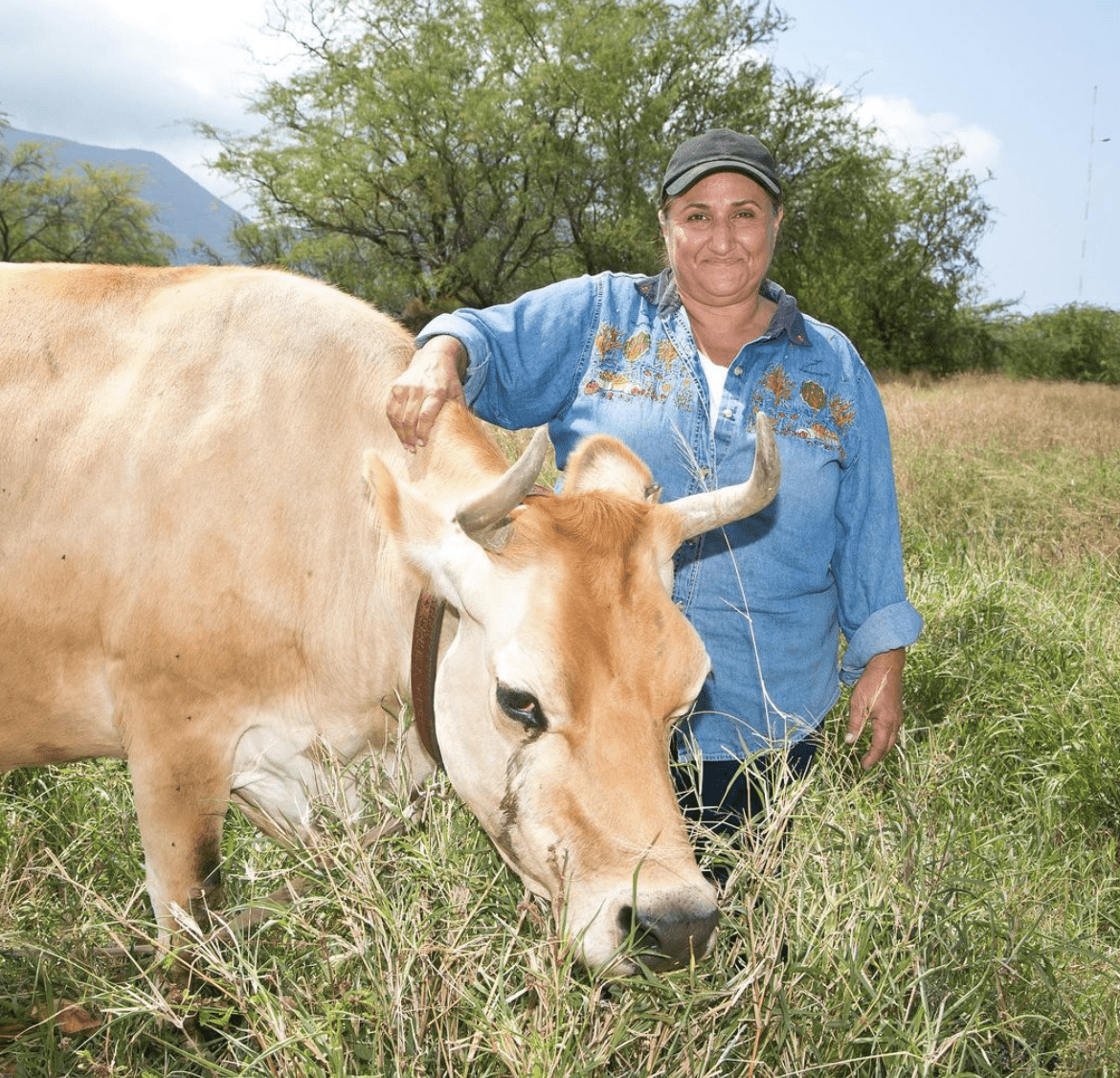
Monique and Sabrina van der Stroom have seven acres for their twenty cows and production plant. Sadly, these two are almost single-handedly holding up the local dairy market on what used to be an island brimming with creameries.
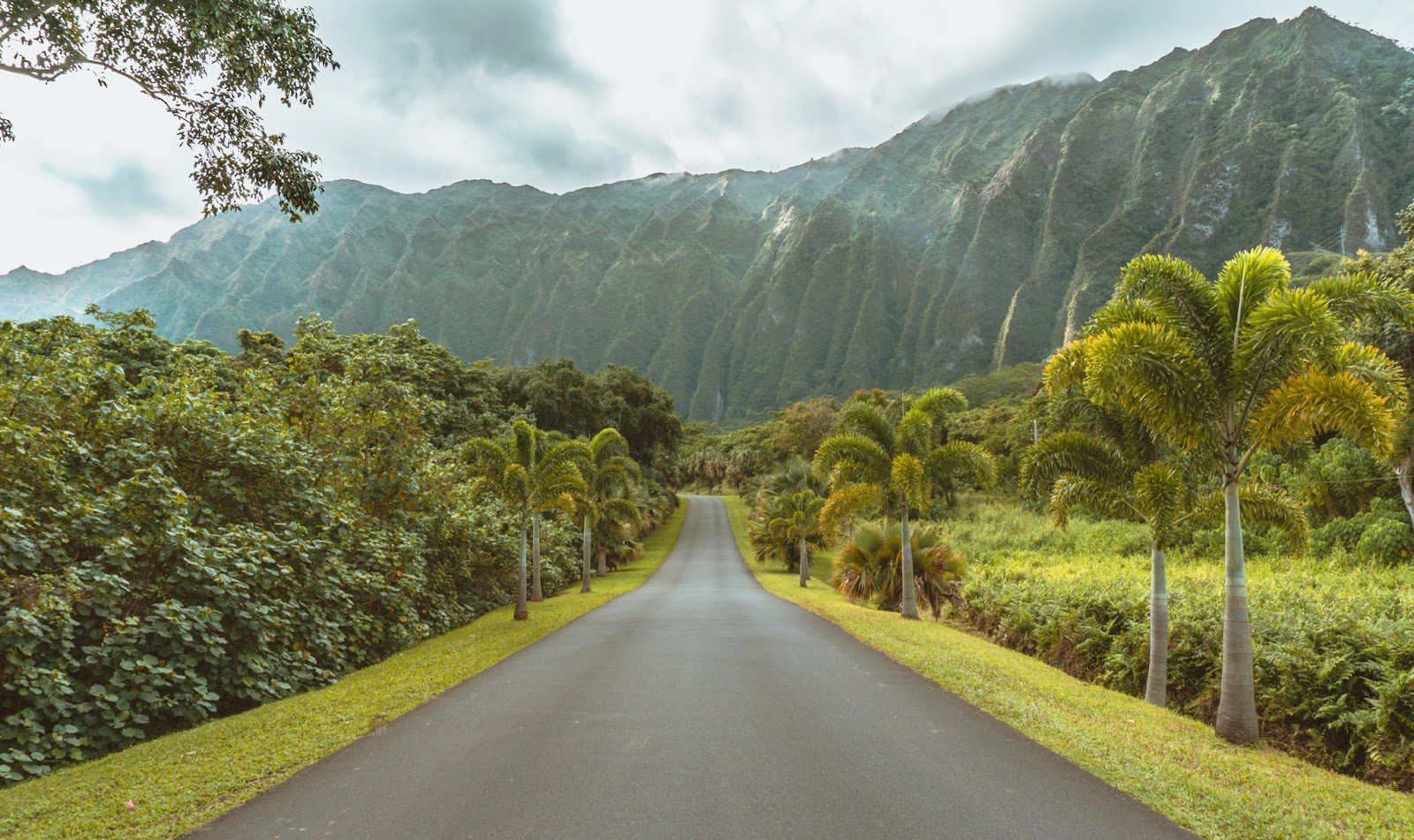
In 1869, the island of Oahu saw its first commercial dairy plant. Over the next few decades, the industry took off and Oahu became the poster-child for Hawaii’s dairy production. Over the next century, Hawaii embraced its budding milk market. In the 1970s however, a pesticide tragedy impacting livestock feed forced the once-thriving independent farmers to dump over 3.2 million pounds of dairy, dealing an insufferable punch to the industry. Over the next twenty years, the dairy industry in the state withered away as imports (once only used to supplement low inventory as a band-aid) became the lower-cost norm. Despite all this, these two sisters stepped up to the challenge at the beginning of a new millennium. Much like small businesses across the nation, operations haven’t been without struggles.
The influx of mass-produced dairy products and increased globalization has moved away from a model that supports local milkmen or women, and has translated into less reliance on the small family-owned shop in your town. With dairy products, this shift is all the more complicated. When making dairy, cows go into a “dry phase,” which is a rest period so they can continue to produce milk long term. In the interim, van der Stroom says she usually buys from another Hawaiian dairy farm, but the move towards big dairy companies has nearly tanked van der Stroom’s backup — a reality that could leave Naked Cow high and very dry during their cows’ dormant production phases. “[Their closure] might put me out of business,” van der Stroom told the local paper. She later added, “If they close down, I’m out on the verge.”
Naked Cow uses other local ingredients in their products like island salts, spices, and honey. Despite the draw to cut costs to gain acquisition opportunities by a mainland business or lean into the mainland’s supply chain extensively, van der Stroom says she’s not caving and the identity and history of each product are too special to compromise. “I don’t want to bring in mainland milk,” she says, “it defeats the purpose.”
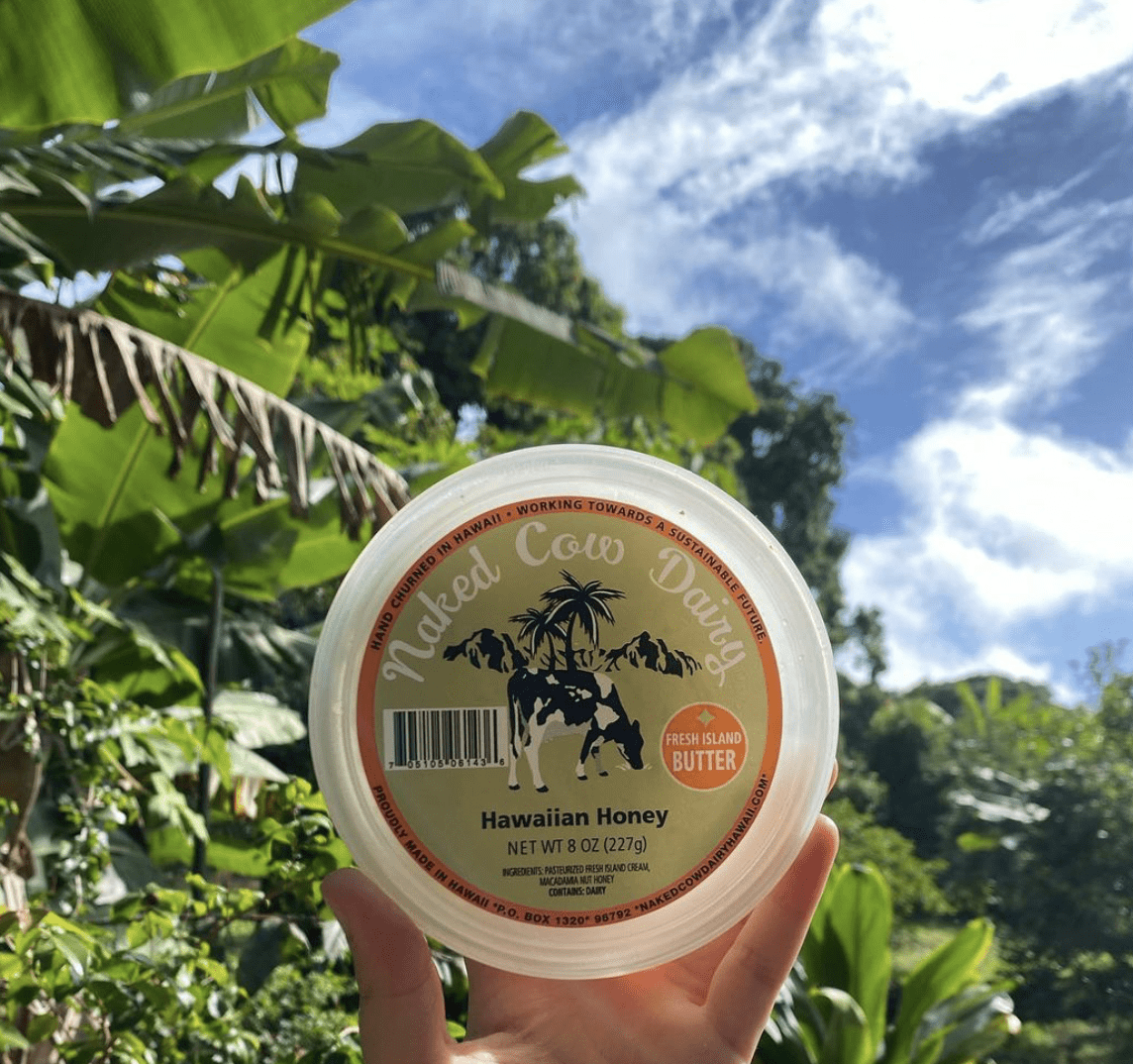
This determination to maintain a unique product comes at a price for the company. Naked Cow’s operational costs are about two and a half times the price of imported products’ operational costs. Nevertheless, the work they’re doing transcends market price, resonating with the complex soul and history of this ancient island.
The two women have seen success, despite their concerns for the future, and that shouldn’t be overlooked. In part, this is because Naked Cow Dairy Farm & Creamery isn’t just a processing plant with a few cows roaming around. These seven acres offer a full experience for visitors: tasting rooms, full farm tours, and even a DIY cheese-making class. They offer an immersive experience for travelers and locals alike to enjoy the sprawling acres and grazing cows as much as van der Stroom does.
While tourism has always been a strong pillar of the Hawaiian economy, Monica van der Stroom asserts it’s really the local community, one that has built an identity of solidarity and support for thousands of years amongst themselves that has gotten them through recent challenges.
With the cost of living skyrocketing across the mainland and Hawaii alike, van der Stroom says she understands that people don’t have the extra cash to spend on locally produced products, but that is really what is needed for the longevity of small businesses in any industry. In this circumstance, the product actually is worth the upcharge on the consumer’s end too, not just the supplier’s. For example, milk from Naked Cow can be produced and distributed to a consumer within 24 hours. Mainland milk, although lower cost, has to be produced, shipped for about 7 days on a freight liner (unrefrigerated, by the way), and then re-pasteurized in accordance with federal regulations prior to being shelved and made available to customers. So, although the costs may be higher, these local businesses that are the backbone of regional identities have offerings that blow the competitors out of the water.
Money is important, of course, but the cash cow, so to speak, is not what keeps van der Stroom going. “I don’t think most farmers farm to get rich. They do it because they like the lifestyle,” she notes, “I love my cows.”
